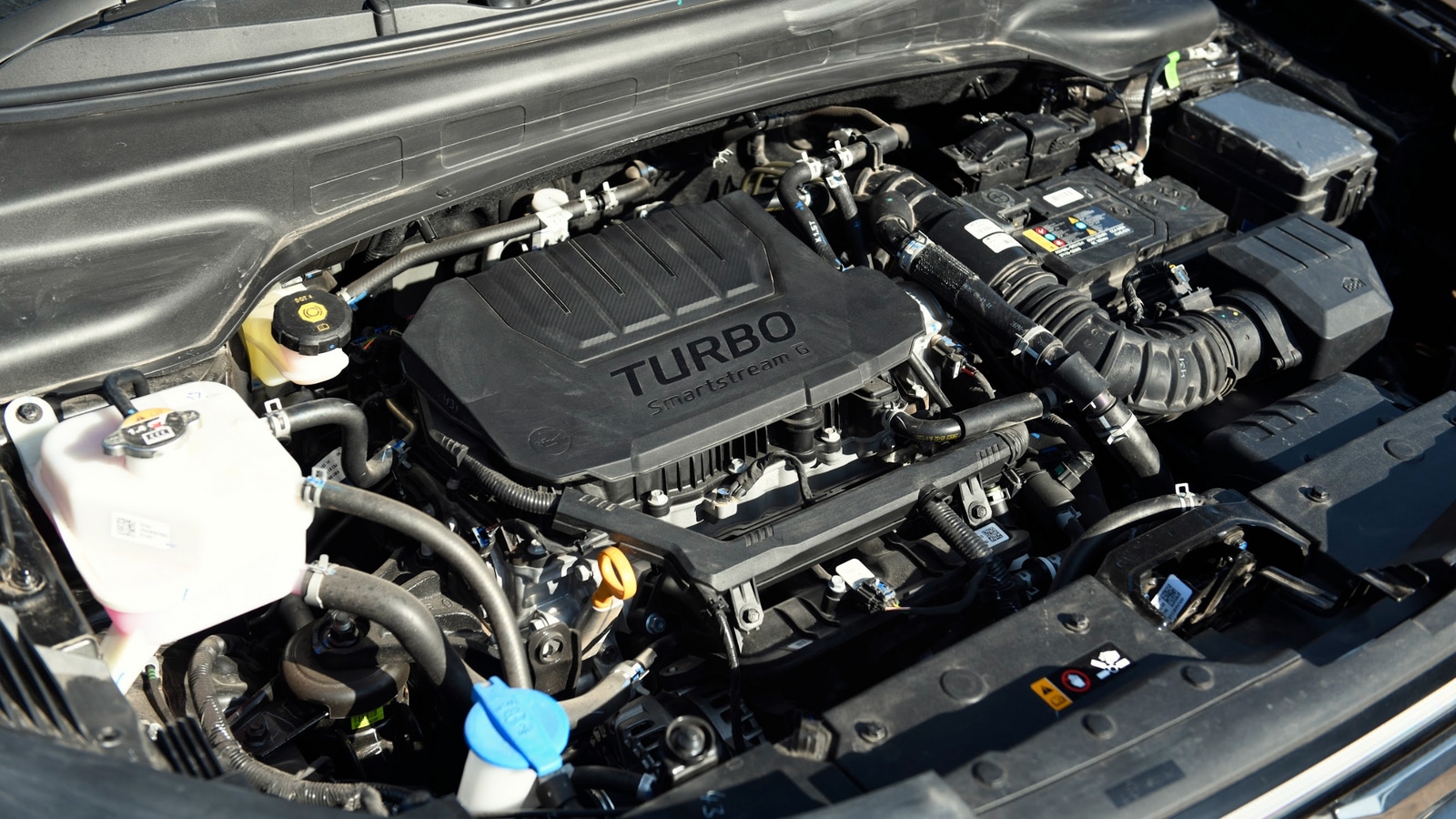- Three-cylinder vs four-cylinder engine is a common debate in the automotive industry. Here is a quick analysis of what offers what.
For an automotive enthusiast, there are few things more beautiful than a well-crafted engine. There’s nothing more satisfying than a smooth-functioning engine, the intricate components of the power mill working in perfect harmony, churning out the power to propel the vehicle forward. When it comes to engines, there is absolutely no dearth of topics for discussion.
Over the last few years, as the automakers are facing stringent emission norms and downsizing their engines to meet the new regulations, three-cylinder engines are finding a renewed interest in the automotive industry. One of the latest examples is the new generation Maruti Suzuki Swift, which was launched in the country just a few days ago. In the fourth-generation Swift, Maruti Suzuki replaced the erstwhile four-cylinder 1.2-litre petrol motor with a new Z Series 1.2-litre three-cylinder engine.
For many car buyers, a four-cylinder engine is a popular power mill, while three-cylinder motors are quickly gaining popularity due to their exceptional fuel efficiency and performance. Here is a quick look at which technology offers what, and what are the advantages and disadvantages of both the three-cylinder and four-cylinder engines.
Three-cylinder engine vs four-cylinder engine: Key differences
The key differences between a three-cylinder engine and a four-cylinder engine can be summarised in terms of power, weight, and fuel efficiency. A three-cylinder motor comes smaller, lighter, and has fewer moving parts, compared to a four-cylinder unit. This could result in the three-cylinder engine offering better fuel efficiency and emitting fewer pollutant particles into the environment. However, the three-cylinder engine churns out less power and torque compared to a four-cylinder motor, which may make it feel underpowered in larger vehicles or when driving on steep hills.
| Parametres | Three-cylinder engine | Four-cylinder engine |
| Size | Smaller size owing to lower number of cylinders | Bigger size owing to higher number of cylinder |
| Moving parts | Lesser number of moving parts | Higher number of moving parts |
| Weight | Lightweight due to lower number of moving parts | Heavier owing to higher number of moving parts |
| Fuel efficiency | Offers better fuel economy owing to less weight and fewer moving parts | Offers lower fuel economy due to heavier weight and higher number of moving parts |
| Power | Offers less power and torque than a four-cylinder unit, may feel underpowered | Offer higher power and torque than a three-cylinder engine |
| Emission | Emits leser pollutants into environment | Produces higher pollutants than a three-cylinder engine |
| Sound | Uneven firing order causes quirky sound | Balanced firing order results in smooth sound |
| Vibration | Uneven cylinder position and firing order cause more vibration | Even positioning of cylinders and balanced firing order make less vibration |
On the other hand, a four-cylinder engine generally offers more power and smoother operation due to its balanced firing order. This makes the four-cylinder engine a better choice for larger cars or those vehicles that require more performance. A four-cylinder engine is heavier and has more moving parts compared to a three-cylinder engine. This in return offers lower fuel economy and higher emission compared to a three-cylinder engine.
Three-cylinder engine vs four-cylinder engine: Bottomline
In a nutshell, a three-cylinder engine is a good choice for those car buyers who prioritise higher fuel economy and lower emissions. These engines are ideal for small cars or compact vehicles that don’t require much power. On the other hand, a four-cylinder engine works better for larger cars and for those consumers who seek more power and performance over higher fuel economy and lower emissions.
First Published Date: 18 May 2024, 10:23 AM IST

